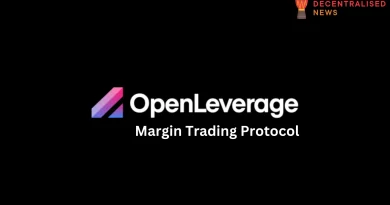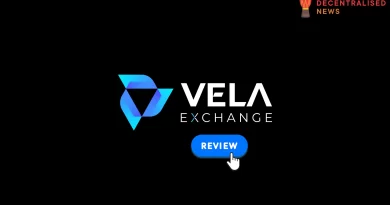Amplifying Returns: A Deep Dive into Leveraged Trading
Leverage, a powerful yet often misunderstood financial tool, can be the key to unlocking significant returns in the trading world. However, it can also lead to substantial losses if not handled properly. In this article, we delve into the concept of leverage, how it can be used effectively in trading, and the risks associated with it.
Understanding Leverage
Leverage in trading refers to the practice of using borrowed funds to increase potential returns on an investment. Essentially, it allows traders to control larger positions with a smaller amount of capital. Leverage is expressed as a ratio – for example, a leverage of 10:1 means that for every dollar of your own money, you can trade with ten dollars.

Leverage in Action: Different Financial Markets
Leverage is widely used across different financial markets, each with its nuances and specific tools.
- Stock Market: In the stock market, leverage can be achieved through margin trading, where you borrow money from a broker to purchase stocks. The securities in your portfolio serve as collateral for the loan.
- Forex Market: The forex market is known for high leverage ratios, sometimes as high as 100:1. This means that with $1,000, a trader could control a position worth $100,000. Such high leverage is possible due to the relatively small fluctuations in currency exchange rates.
- Futures and Options: Futures and options also provide leverage. When you buy a futures contract, you agree to buy or sell a certain asset at a future date for a specific price. Options, on the other hand, give you the right, but not the obligation, to buy or sell an asset at a set price.
- Cryptocurrency Market: In the cryptocurrency market, many exchanges offer leveraged trading. Given the volatility of cryptocurrencies, this can be particularly risky.
The Double-Edged Sword: Risks and Rewards
The primary advantage of using leverage is that it can significantly boost your profits. If you have a leveraged position and the asset’s price moves in the direction you predicted, your returns can be multiplied.
However, leverage is a double-edged sword – it can also magnify your losses. If the market moves against you, you could lose more than your initial investment. This is why leveraged trading is often seen as high risk.
Mastering Leverage: Key Considerations
Here are some key considerations for mastering leverage:
- Understand the Market: Before using leverage, you should have a solid understanding of the market you’re trading in and the factors that influence price movements.
- Risk Management: Use stop-loss orders to limit potential losses, and never invest more than you can afford to lose. Diversify your investments to spread risk.
- Leverage Ratio: Be mindful of the leverage ratio you’re using. Higher leverage can lead to greater profits but also bigger losses.
- Continuous Learning: Stay informed about market trends and invest in ongoing education. Financial markets are dynamic, and continuous learning is key to successful trading.
Conclusion
Leverage, when used correctly, can be a powerful tool in a trader’s arsenal. It has the potential to amplify returns and provide opportunities that might not be otherwise available. However, it is not without risks. Understanding these risks and how to manage them is essential for anyone looking to harness the power of leverage in trading. As with any financial tool, the key to mastering leverage lies in knowledge, strategic application, and sound risk management.









